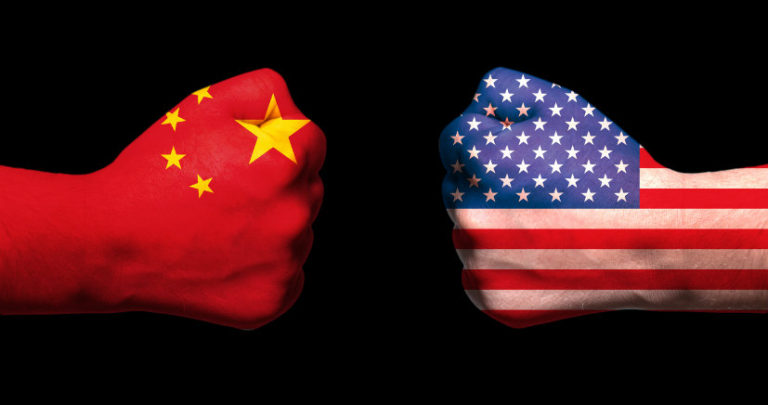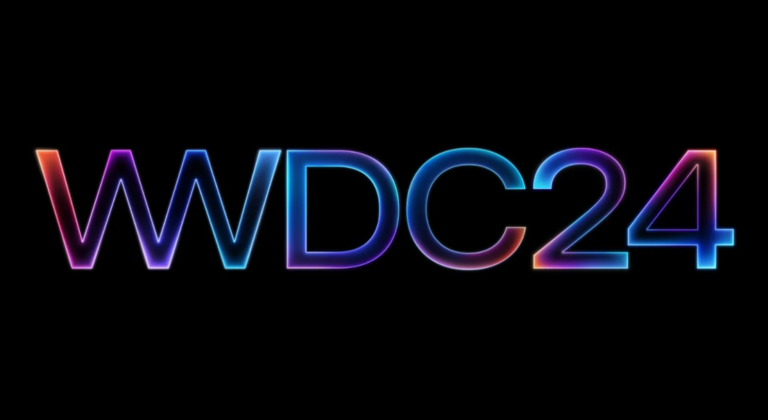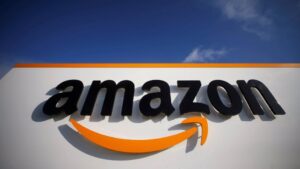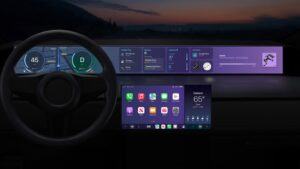- The punch-up over standard essential patents continues.
- This time the focus has moved to the Western District of Wisconsin where Motorola and Apple are slugging it out.
- Here Apple stands accused of infringing Motorola’s standard essential patents without taking a licence.
- On Monday 5th November, there will be a hearing to decide the FRAND rate that Apple will have to pay for access to Motorola’s standard essential IPR for GSM/GPRS/UMTS.
- Apple has filed a motion saying that it will accept any decision that determines a rate of $1 or less per unit as a royalty.
- If the court decides that the rate should be higher than $1 per unit, Apple will appeal the decision and exhaust all of its legal options before coughing up.
- If this offer is rebuffed, it will then appeal the decision and the fight will continue, probably for some considerable time.
- A royalty of $1 on an iPhone 5 equates to a royalty rate of 0.15% which Apple believes is a fair, reasonable and non-discriminatory royalty rate (FRAND).
- When anyone licences a standard essential patent, it must be licenced under this principle.
- Unfortunately, like all principles, it is subject to considerable interpretation and the ruling of the court is unlikely to be to Apple’s liking.
- Hence I suspect that this “offer” by Apple is merely a legal tactic to show the court that it is willing to negotiate in an attempt to be seen in a more favourable light.
- There is no one royalty rate that determines FRAND and
so, like all legal proceedings, the court will examine history in order to make its ruling. - By my analysis, Qualcomm currently gets around 2.3%, Nokia 1%, Ericsson 1% and Interdigital around 1% for their IPR portfolios which contain both standard essential and implementation patents.
- These are the benchmarks that the court will look at when it comes to setting the royalty rate.
- Furthermore, because these agreements are in place, licensees have implicitly agreed that these rates confirm to FRAND.
- If Apple where to get a meaningfully lower rate, I would argue that it breaches FRAND as Apple would have an unfair advantage (though a lower royalty rate) compared to other handset makers.
- Hence, I think it very likely that the court will decide that a royalty rate of around 1% or $6.3 per unit is the right level.
- Apple will of course appeal and so the fight will go on much to the entertainment of commentators and the prosperity of the respective legal councils.
- However at the end of the day I suspect that Google will end up with a royalty rate somewhere around 1% of the wholesale price of the device.
- A key question to ask here is how does this benefit the Android community?
- Google blew $12.5bn of shareholder’s money on the acquisition of this patent portfolio but so far has achieved nothing in terms of protecting Android against the ravages of Apple and Microsoft.
- Android handset makers remain pretty much on their own with only Samsung having much chance of presenting a robust defines despite its track record to date being pretty abysmal.
- While there is likely to be a victory here for Google at the end of the day, it is likely to be a pyrrhic victory that does Android no good whatsoever.
- This further supports my contention that Android is extremely vulnerable on a number of fronts leaving the door wide open for Microsoft.








Automotive Ecosystems – Pl ...
30 April 2024